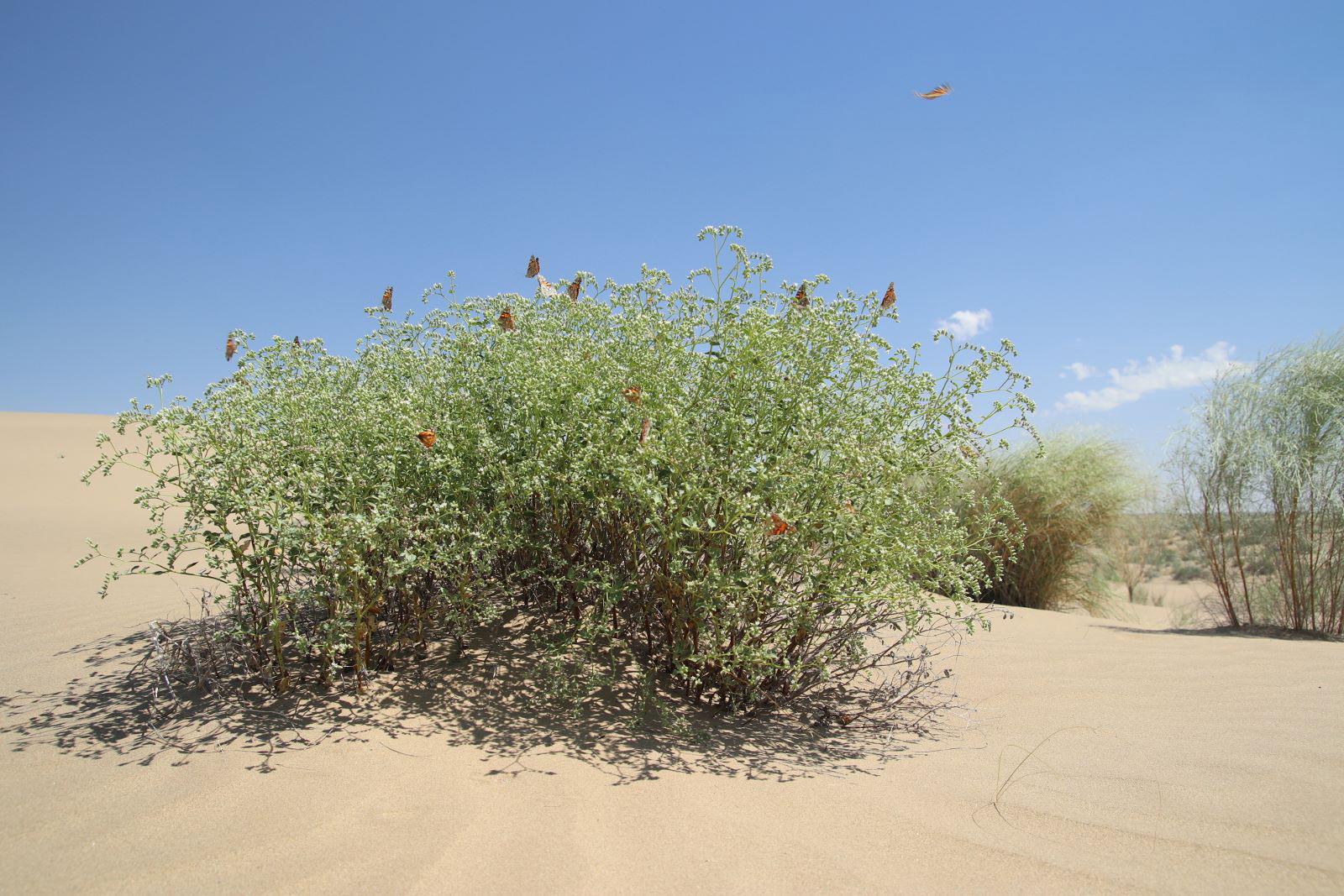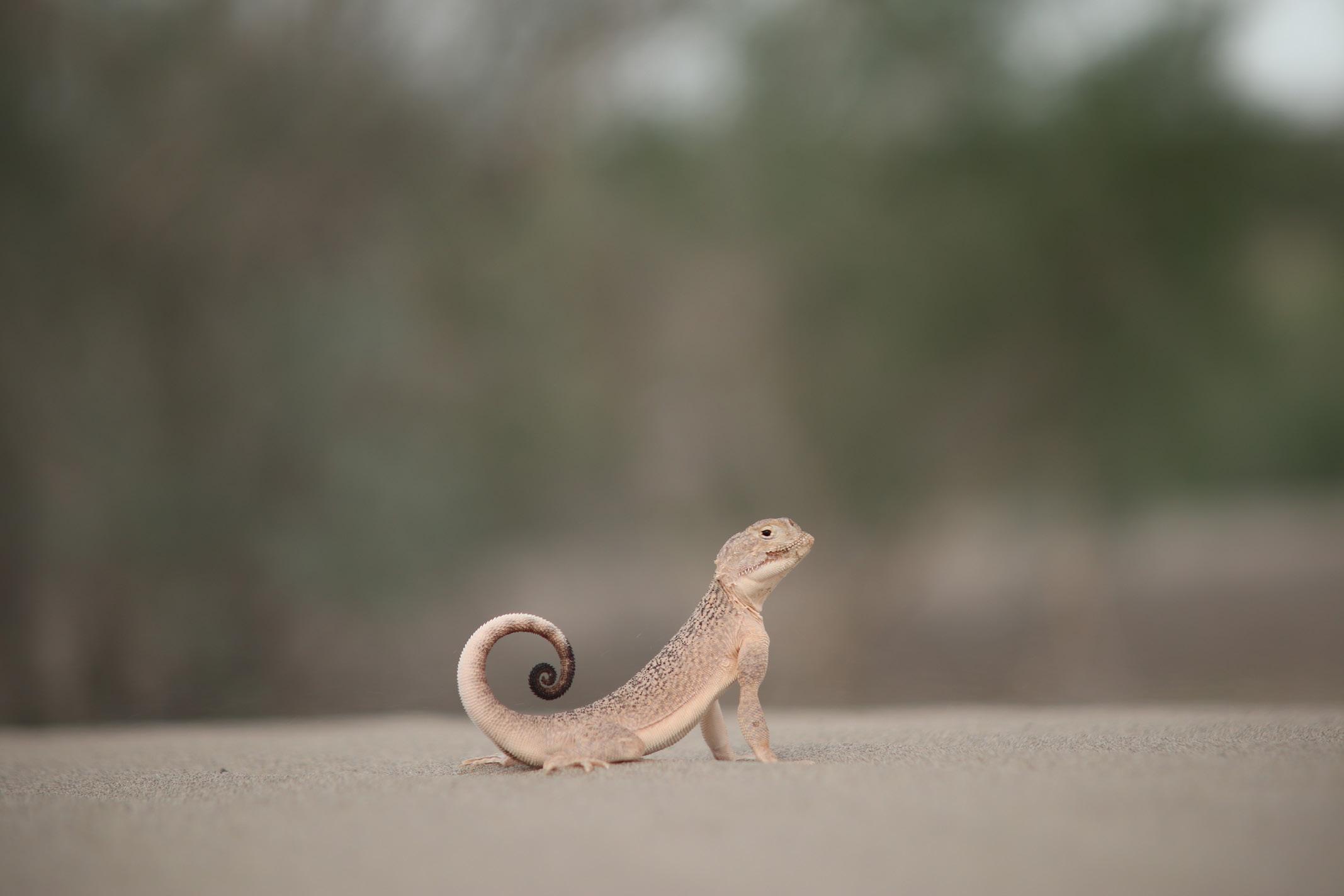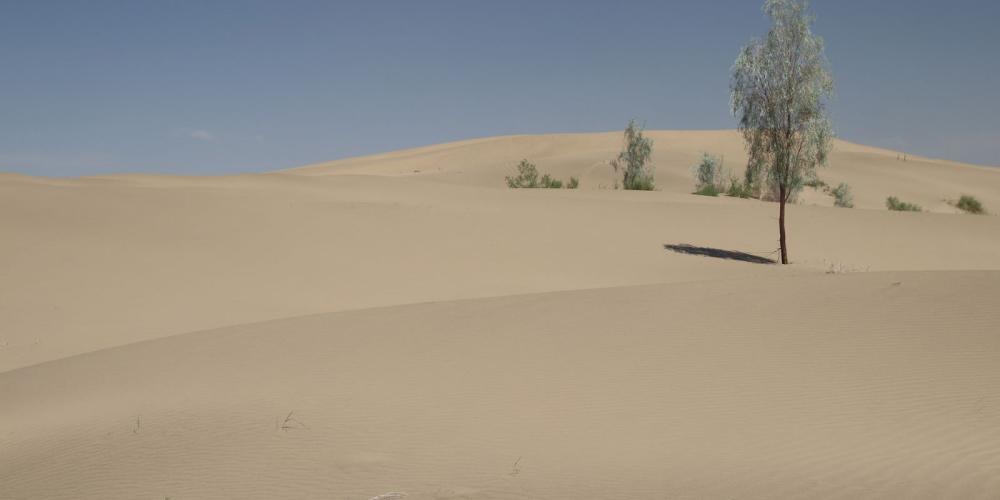Repetek Nature Reserve

The immense Karakum Desert covers nearly 80 per cent of Turkmenistan, making it almost impossible to visit all of its vast landscapes. But in the Repetek Nature Reserve, you'll find the perfect representation of the Karakum, with every type of its desert environment present. It's no coincidence that the world's first desert research institute was established here in 1912.
About 70 kilometres south of Türkmenabat, this is one of the hottest parts of Central Asia, with an average temperature of about 40°C (104°F) throughout the entire summer, with highs of about 50°C (122°F). With an incredible dry climate, much of the landscape of Repetek Nature Reserve is made up of rolling dunes, with crests of sand shaped by the wind, rising up as high as 20 metres. As well as the shifting sands, there are fixed hillocks that have slightly more vegetation, as well as dry lake beds with cracked surfaces.

Although the sand dunes appear to have little flora – and are very similar to the environment in the Sahara – there are parts of the reserve that have large coverage of the black saxaul tree, which has become somewhat iconic for the Central Asian region. The tree has adapted to the extreme conditions by growing extremely thin leaves, creating an effect of no shade.
There are some mammals that live here, but most of the wildlife in the Repetek Nature Reserve are species that can handle the severe heat in summer. You'll likely see lizards and beetles, and possibly butterflies and scorpions. Some are found only here, such as the Turkmen rhinoceros beetle. There are also snakes, in particular the sleek Central Asian cobra. The park also has 20 species of resident birds and around 200 others that pass through on migrations, including threatened species like the Dalmatian Pelican, Cinereous Vulture, Eastern Imperial Eagle, and Saker Falcon.

When you come to the Repetek Nature Reserve, be sure to visit the Nature Museum, which has a collection of stuffed animals including 13 mammals, 62 birds, 21 reptiles and a lot of invertebrates. But hopefully you'll be able to spot some of the wildlife in the park as you explore the striking and diverse desert landscapes that are protected here. If you would like to stay overnight, there is a small hotel, or it's only an hour's drive from Türkmenabat so it's possible to spend most of the day here to see the magnificent dunes in different lights.

